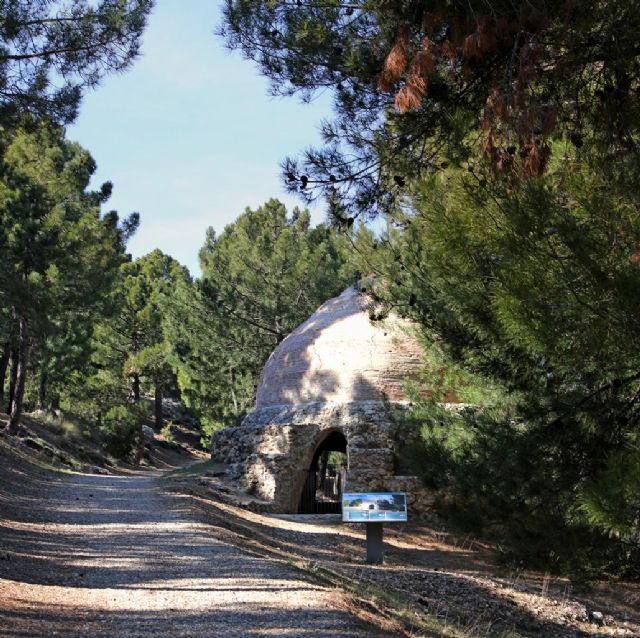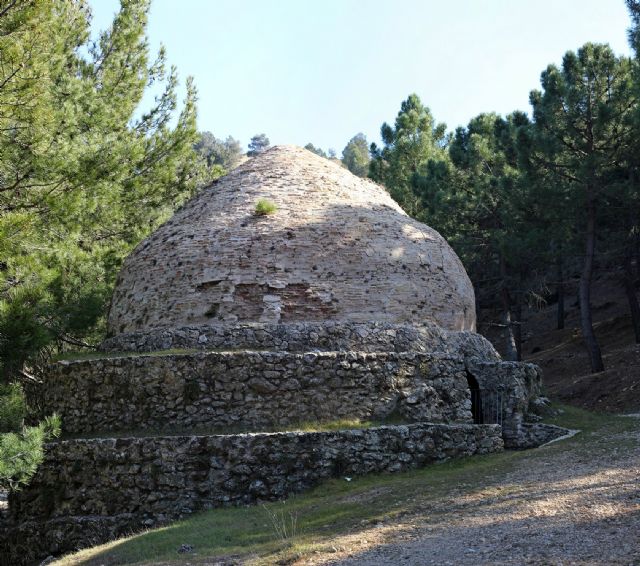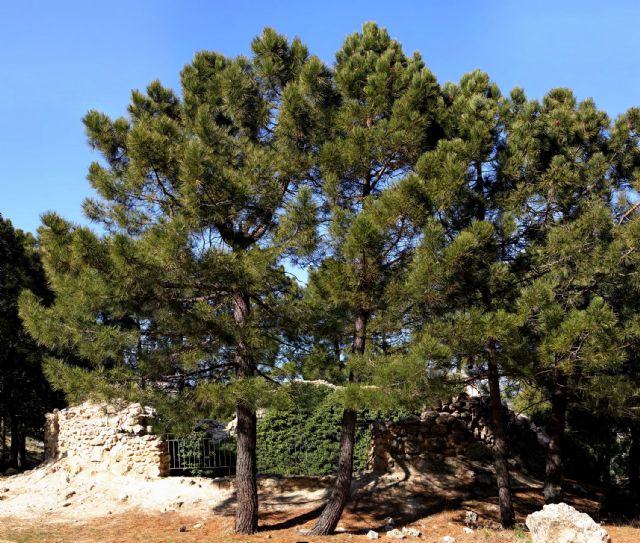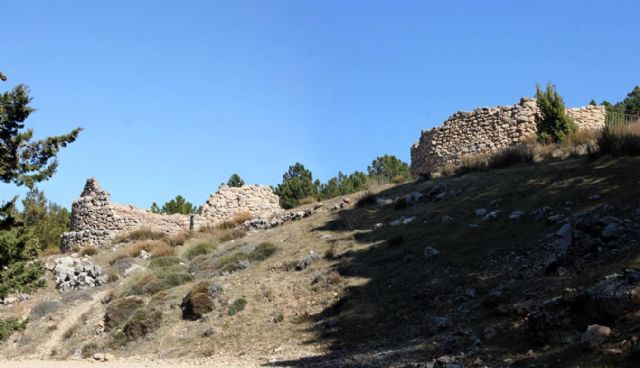The Master Plan of the Snow Wells that the Autonomous Community has developed proposes the integral rehabilitation of four of the twenty-eight wells located in Sierra Espuña, a heritage hitherto forgotten despite being located in one of the most beautiful corners of the Regional Park.
This enclave is one of the most important natural protected areas in the Region, accredited with the European Charter for Sustainable Tourism and that the Autonomous Community aspires to convert into a national park.
The Master Plan for the Snow Wells is the technical document that addresses the recovery of this valuable ethnographic complex, the largest of its kind in the Mediterranean, and with which the General Directorate of Cultural Property is already working.
The first step to rehabilitate Espuña refrigerators and create a cultural and landscape path will be the declaration of Cultural Interest (BIC) -with the category of Place of Ethnographic Interest-, a procedure that has already been launched with the presentation of the Master Plan.
The Master Plan proposes the integral rehabilitation of four of the twenty-eight wells: two in the whole of Cartagena (1 and 6) and another two in that of Murcia (11 and 13).
One of them, number 6, was restored years ago although not with traditional methods, so it would need to be intervened again to eliminate metallic elements and strengthen its structure.
In the others, consolidation works and improvement of security for visitors are proposed.
It is also planned the rehabilitation of two of the auxiliary buildings - one in each area, with its historical furniture - as well as the recovery of two sources and the conditioning of two roads and a cattle route, along with the signaling of the whole and the installation of tourist equipment.
These works would have a duration of at least ten years and a budget of more than one million euros, with short, medium and long-term planning depending on the urgency of the rehabilitation work.
The annual maintenance cost is estimated at 15,000 euros.
In the event that the start of the works is delayed, the general directorates of Cultural Property and Natural Environment have committed themselves at least to address as soon as possible the complete restoration of the eleventh well, the largest of the twenty-eight, and the consolidation of the refrigerators that are in worse condition.
This was the basic equipment of the pawns that ascended to the summits of Sierra Espuña from Aledo and the villages of Las Alquerías, El Purgatorio and Santa Leocadia to fill the wells where the ice would be preserved until spring.
A ritual that was repeated between the seventeenth and nineteenth centuries to supply the cities of Murcia, Cartagena, Lorca and Orihuela, until the artisan cold industry ceased to be profitable with the opening of an ice factory in Totana in 1924.
The Espuña refrigerators produced their last blocks in the spring of 1926. Separated by the Collado Mangueta, in the shades of the Morrones de Totana and Alhama, the two large sets of snow wells are located: the so-called Cartagena (ten) and those of Murcia (nine), the first ones with the rounded dome and the second ones with a finer shot.
In two intermediate zones between them there are another six, and three more in isolated points: the Carrasca, Valle de Leyva and Barranco de la Hoz, the latter recently discovered by environmental agents.
Twenty-eight in total, although according to oral tradition there would be several more that could not be located.
Except for two - in the whole of Cartagena, at the foot of the military base of the Air Surveillance Squadron (EVA 13) -, everyone is in a different state of ruin.
Nineteen belong to the Regional Administration, five to the City of Cartagena, one to the City of Mula, two are in private hands and one of them is unknown who is the owner.
All are located at the height of 1,350 meters, except for the Ãnimas (1,110), and most in the municipality of Totana - less than two: those of Mula and Alhama.
The regional government believes in the tourism potential that would have the recovery of these large cylindrical stone structures excavated in the ground and topped with a dome, where the snow was pressed with intermediate layers of straw to sell it later in the cities in the form of blocks of ice coming down the mountain loaded on mules.





